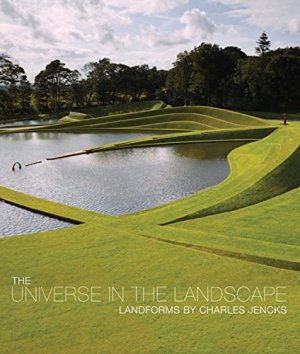 |
Jencks Charles
Hardcover
288 pages
Language: English
Editore: Frances Lincoln Quarto (NF)
Argomento: Architecture Garden and Landscape
ISBN / Barcode: 9780711232341
Euro € 32.50

Landforms are a fast-developing art form that enjoy a wide following today, because of their multiple uses and their enveloping beauty. As formal landscapes that often arise from necessity - recycling a coal site for human use or making new use of excess earth - they are a pleasure to walk over and through.
In this collection of his recent work, Charles Jencks explains his particular approach to the landform. Like the prehistoric earthworks of Britain that have been an inspiration, such as Stonehenge, his landforms contain cosmic symbolism, and they draw together sculpture, epigraphy, water, gardens, scrap metal and architecture. They address perennial themes - identity, patterns of nature, death and the power of life - but in a contemporary way, based on the insights of science. So Jencks portrays universal aspects of DNA, the spacetime warp of a black hole, the extraordinary way cells divide and unite and some basic forms of life.
Other designs include sharp comments on recent events: a water garden of war in France critiques the 2003 invasion of Iraq using 'waterpults' and 'hose-guns' among other interactive features; a white garden made from birch trees, flying bones and computer graphics deals with some fatal consequences of modernity. Jencks addresses, with wit and irony, some of the strange possibilities that arise with extra-large landforms. Northumberlandia, perhaps the largest human figure ever made, presents the question of which body parts one can walk on safely, which are dangerous and which need to be suppressed. What became perhaps the heaviest work of art in the world, at 20 million tons, was also the opportunity to transform a large open-cast mine into a dynamic landscape of giant mounds and sculpted lakes.
As in his The Garden of Cosmic Speculation, to which this book is a sequel, Jencks seeks to define a new landscape iconography based on forms and themes that may be eternal, in the sense that they crystallise nature's laws, some of which have been recently discovered. To see a world in a grain of sand was a poetic quest of William Blake and, in a different sense, to find the universe in a ritual landscape was a goal of prehistoric cultures. Jencks allies these spiritual affinities with the view of science that stresses the common patterns that underlie all parts of the cosmos, thus making them like our home planet, and the universe in a landscape.
